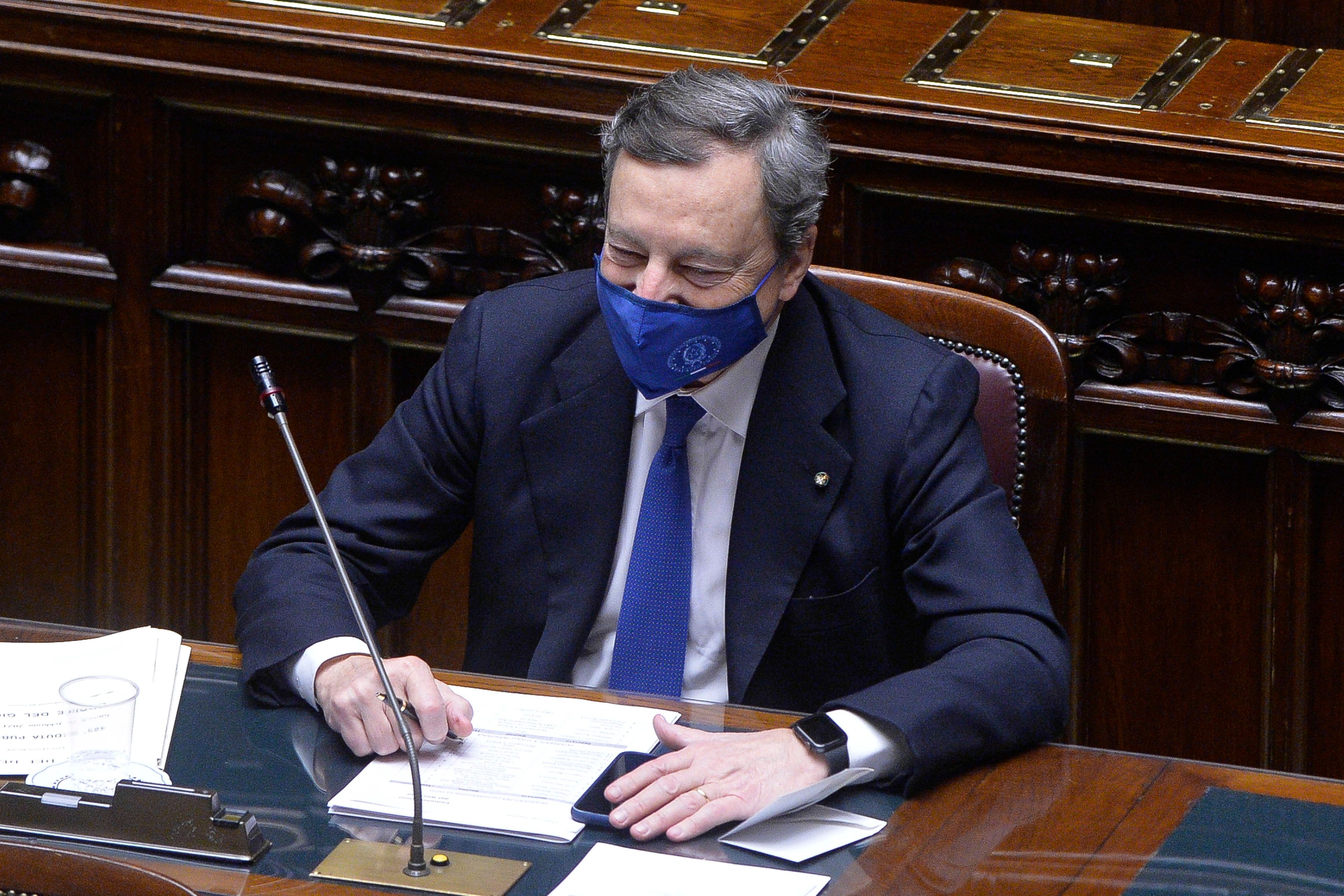A Government of Reconstruction— Draghi becomes Italy’s Prime Minister

How did Draghi’s government come about?
The resignation of Prime Minister Giuseppe Conte took place on 26 January after the Italy Alive party (IV) left the coalition over a dispute concerning the spending of EU funds. President Sergio Mattarella entrusted Draghi, the former head of the European Central Bank, with the mission of forming a new government. Draghi is a world-famous economist and is trusted by 60% of Italians. His authority guarantees stable economic policy for Italy. Draghi managed to form the government from the Five Star Movement (M5S), the Democratic Party (PD), the League, Forward Italy (FI), IV, and Free and Equal (LeU). A nonpartisan approach made it easier for Draghi to include almost all parties in the government except for the Brothers of Italy (FdI). His greatest difficulty will be controlling the ambitions of the coalition leaders. If, like his predecessor, he manages to develop an independent political position, he will become a threat to the co-ruling parties.
What are Draghi’s internal policy priorities?
The task of the new government is primarily to spend EU funds. Italy is entitled to €56 billion in the form of grants and funds from the NGEU European Recovery Plan, which, together with cohesion funds, will amount to €210 billion by 2027. They are intended to help restore economic growth and allow the reduction of debt, currently amounting to 157% of GDP. The government’s roadmap foresees addressing simultaneously the pandemic, vaccinations, and economic recovery. Draghi compared the interrelated challenges to the post-war reconstruction of the country. The creation of new jobs by investing in innovative and ecological sectors of the economy (IT, clean energy) will be of key importance in economic policy. The prime minister also announced tax and judiciary reform.
What will Italy’s European and foreign policy look like?
In his exposé, Draghi emphasised that Italy is anchored in the EU, the eurozone, and NATO. He considers Germany, France, and the southern EU countries to be the most important partners. Italy expects progress in the work on the new Migration Pact. Draghi calls for more solidarity with countries where non-EU immigrants come from and wants flexible rules for returning non-resident immigrants.
Italy also wants to be an intermediary in the conflict between the EU and Turkey (e.g., regarding the Libyan civil war). The country’s long-term goal is to implement the “Greater Mediterranean” idea—economic cooperation between the countries of the Mediterranean and the Middle East. Draghi also spoke in favour of dialogue with Russia. The new Italian government expects the Biden administration to create better conditions for transatlantic cooperation. The prime minister will try to use his international authority to strengthen Italy’s position in the G7 and G20 (Italy currently holds the presidency in the latter format).
How will the change of government in Italy affect the EU and Poland?
The Draghi government is a continuation of efforts by the second Conte government in the field of economic and foreign policy. The decisively pro-EU and pro-Atlantic rhetoric of the new PM is intended to reduce fears arising from the re-entry of far-right representatives and the pro-Russia League into the coalition. The gesture towards the League electorate was the emphasis in Draghi’s speech on migration issues.
Italy’s focus on the problems in its southern neighbourhood and its conciliatory attitude to Russia’s policy do not create much space for intensifying Polish-Italian political contacts, despite the dynamically developing economic exchange. Also, Italian efforts to reform EU migration policy will rather be directed at a more even burden on all Member States, for example, through mandatory relocations, which is inconsistent with the Polish position.


